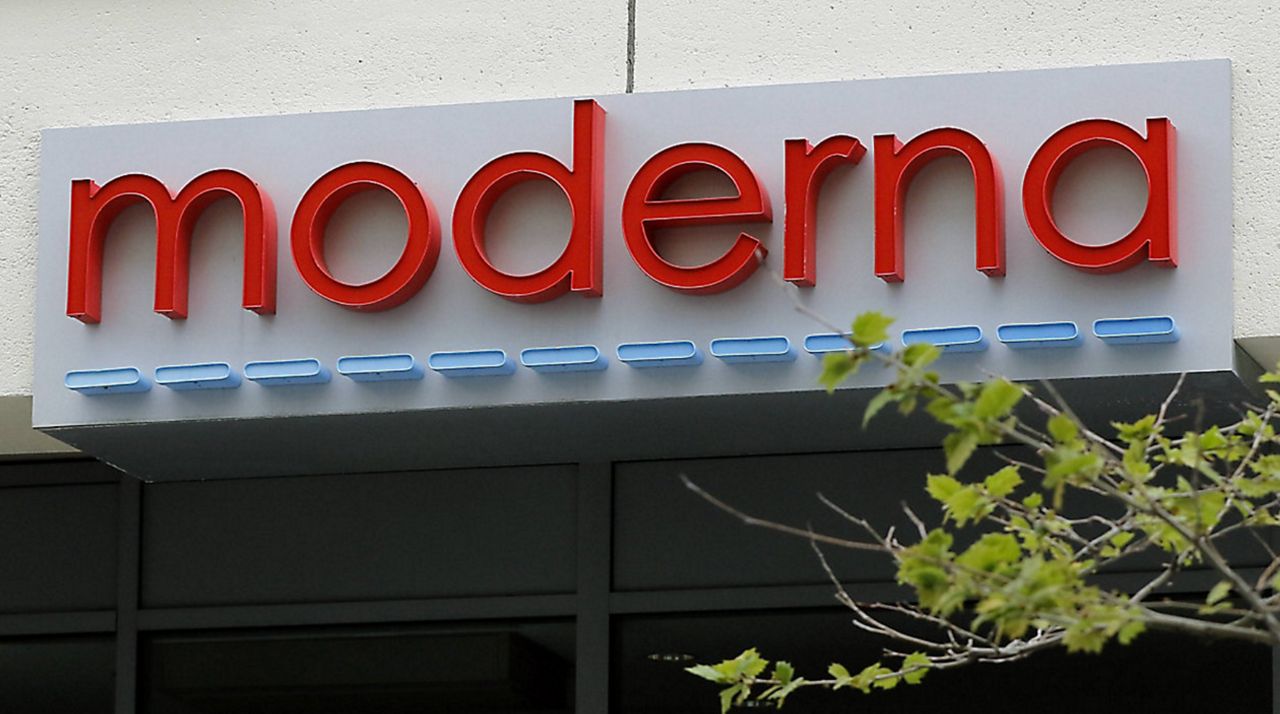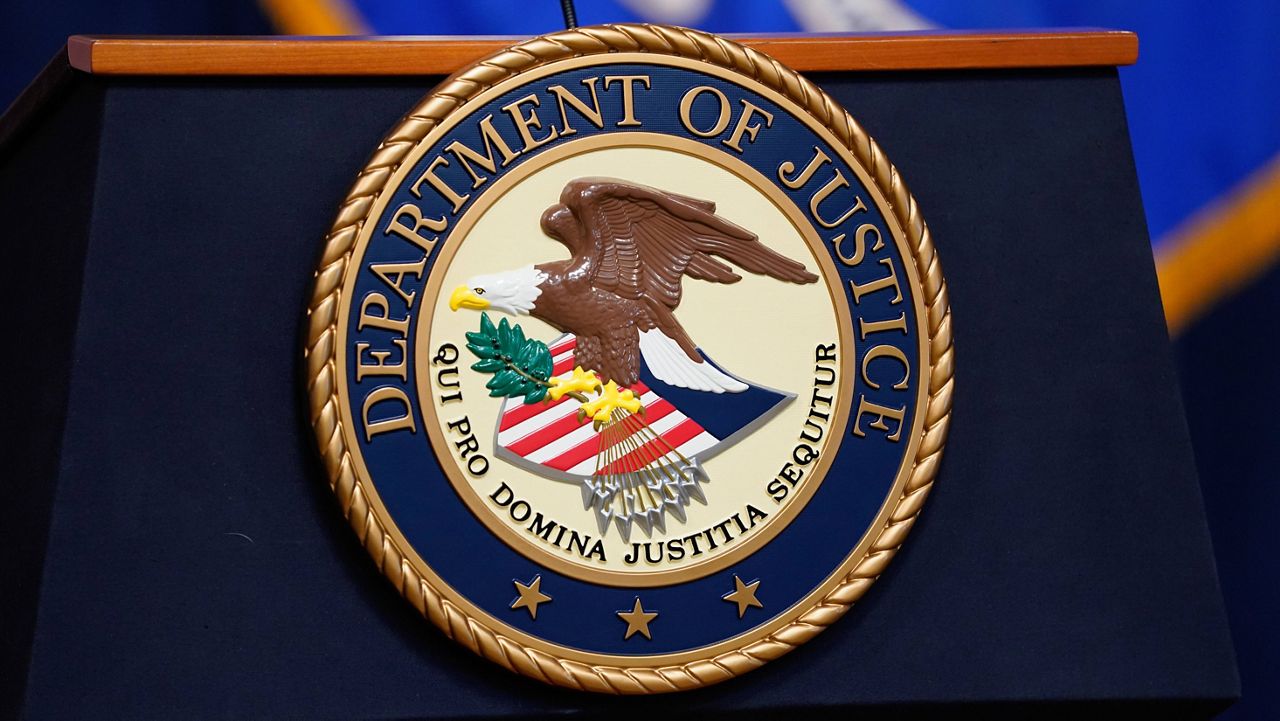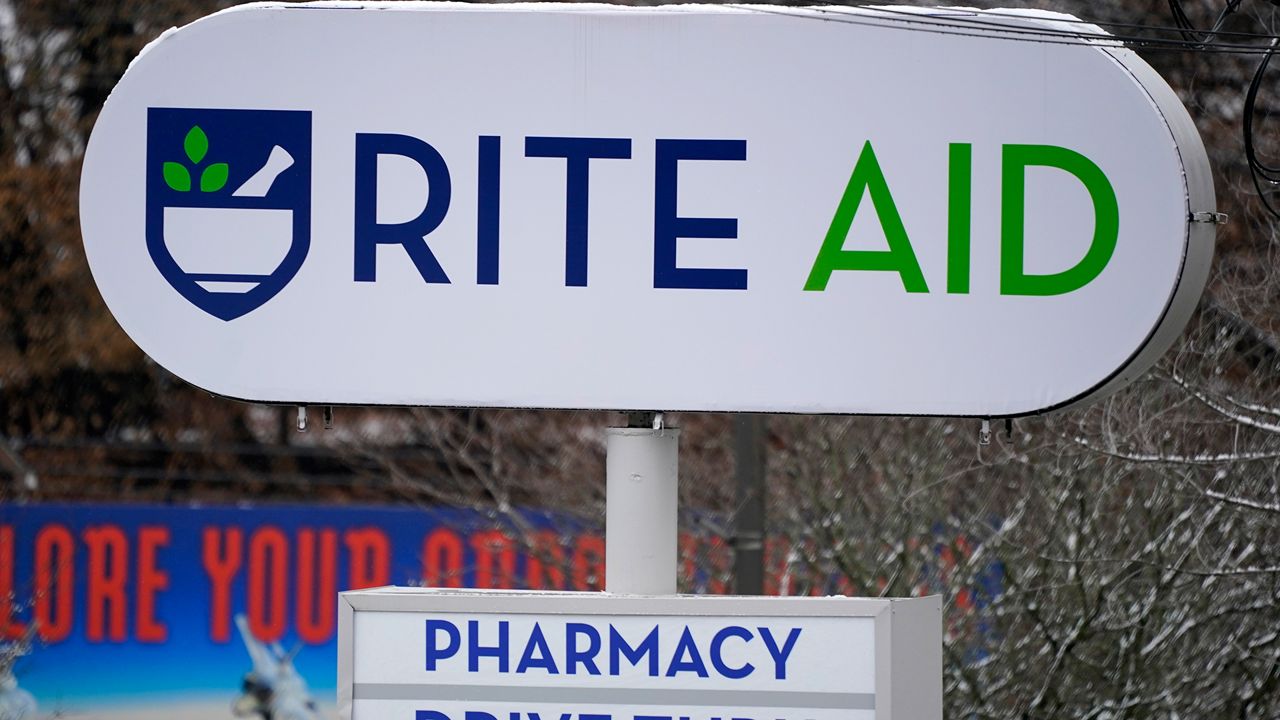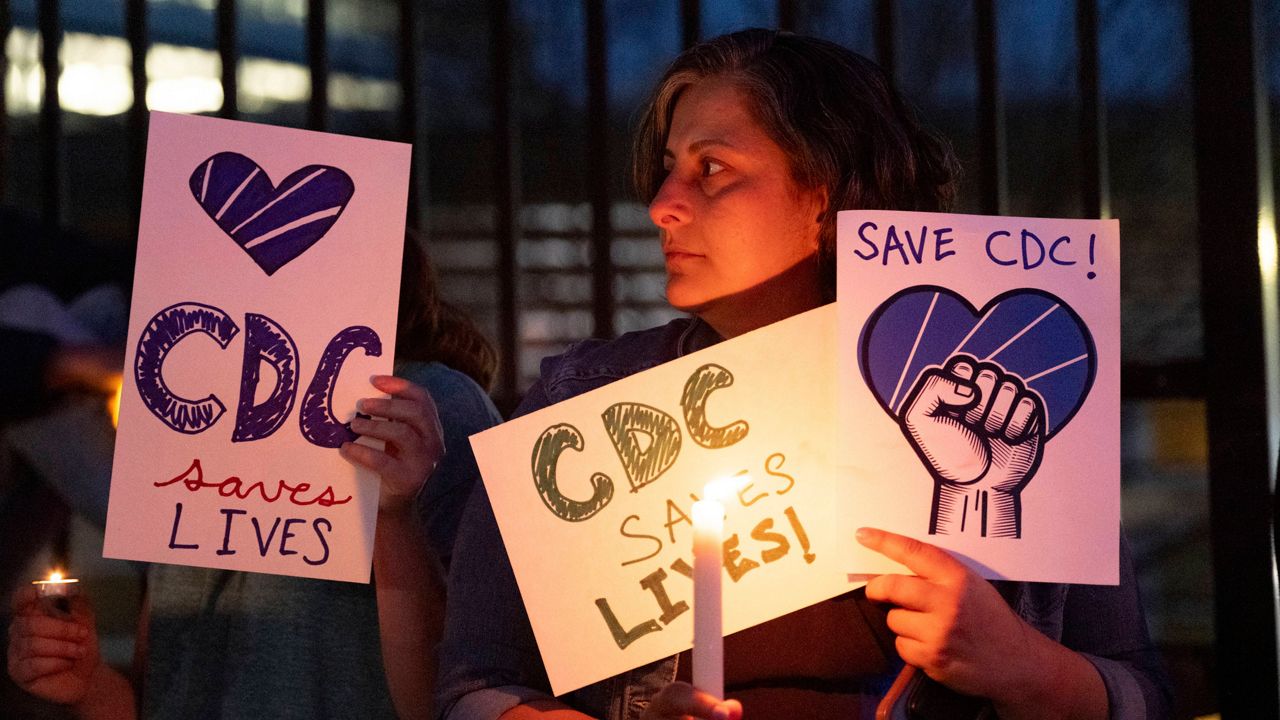WASHINGTON — From Gatorade to Skittles, synthetic dyes are a common ingredient in popular U.S. snacks, but that is poised to change under a sweeping set of changes the Food and Drug Administration announced Tuesday.
Citing studies that linked synthetic dyes to childhood hyperactivity, diabetes, obesity and other diseases, Health and Human Services Secretary Robert F. Kennedy, Jr. and FDA Commissioner Dr. Martin Makary said they intend to phase out the use of petroleum-based dyes in the country’s food supply and medications and accelerate the use of natural alternatives.
“There’s no one ingredient that accounts for the child disease epidemic. Taking petroleum-based dyes out of the American diet is not a silver bullet, but it is one important step,” Makary said at an event with Kennedy, who also spoke from the stage shared with mothers and children holding signs that read “Make America Healthy Again,” “MAHA moms” and “better food brighter futures.”
On Tuesday, Makary said the FDA is taking several steps to remove petroleum-based dyes from foods and drugs, including measures that will eliminate six synthetic colors from the food supply: Red Dye No. 40, Yellow Dye No. 5, Yellow Dye No. 6, Blue Dye No. 1, Blue Dye No. 2 and Green Dye No. 3. The Trump administration plans to eliminate the use of those dyes by the end of this year
It is also urging food companies to remove Red Dye No. 3 more quickly than the FDA timeline announced during the Biden administration.
In January, the FDA revoked its authorization for the use of Red Dye No. 3 in foods and ingested drugs, citing two studies that showed cancer in rats exposed to high levels of the dye.
In addition, the FDA will begin a process to revoke FDA authorization of the synthetic dyes Citrus Red No. 2 and Orange B within the coming weeks. And it is establishing a national standard and timeline for the food industry to switch to natural dyes derived from watermelon, beet and carrot juice, Makary said, holding up small vials of each liquid.
Makary said the FDA plans to authorize four additional natural color additives using natural ingredients in the coming weeks and accelerate the approval of other natural colors.
“These steps we are taking means the FDA is effectively removing all petroleum-based food dyes from the U.S. food supply,” he said.
Last year, California became the first state in the nation to ban the six petroleum-based food dyes in school foods that the FDA now plans to ban from the U.S. food supply overall, saying the chemicals have been found to cause neurobehavioral problems in some children. California is one of five states that have passed laws banning the use of certified artificial colors in foods sold to schools, including Arizona, Utah, Virginia and West Virginia.
In March, West Virginia Gov. Patrick Morrisey announced the state would ban dyes from foods served in schools during an event with Kennedy where he also said the state planned to ban soda and candies from the Supplemental Nutrition Assistance Program in the state.
“Those bans have given us leverage with the food companies,” Kennedy said on Tuesday.
In March, Kennedy met with Tyson Foods, General Mills, Kraft Heinz and the Consumer Brands Assn. and said he would like to remove synthetic dyes from foods before he leaves office.
“When I met with the heads of all the food industry companies, one of the things that they said to us is that the worst thing for us is if we have a patchwork of legislation in all these different states because then we’re not capable of marketing nationally distributed products,” Kennedy said Tuesday. “We’ll have different regulations in every state, and they didn’t want that and that’s one of the reasons they came to the table with us.”
The Consumer Brands Assn. did not immediately respond to a request for comment about the FDA’s announcements Tuesday.
Before Kennedy and Makary announced the FDA’s plan to phase out synthetic dyes, the International Dairy Foods Assn. made a voluntary, proactive pledge to eliminate the use of certified artificial colors in milk, cheese and yogurt products sold to K-12 schools for the National School Lunch and Breakfast Programs by July 2026.
Even though most dairy products sold in schools do not contain certified artificial colors, the IDFA said its goal is to stop using Red Dye No. 3, Red Dye No. 40, Green Dye No. 3, Blue Dye No. 1, Blue Dye No. 2, Yellow Dye No. 5 and Yellow Dye No. 6 in any milk, cheese or yogurt products for reimbursable school meals.
“America’s dairy farmers and milk processors have always led the way in providing our families and schoolchildren with healthy, nutritious and delicious milk products,” Agriculture Secretary Brooke L. Rollins said in a statement. She said the IDFA was leading the way for industries to think about ways to "Make America Healthy Again."










